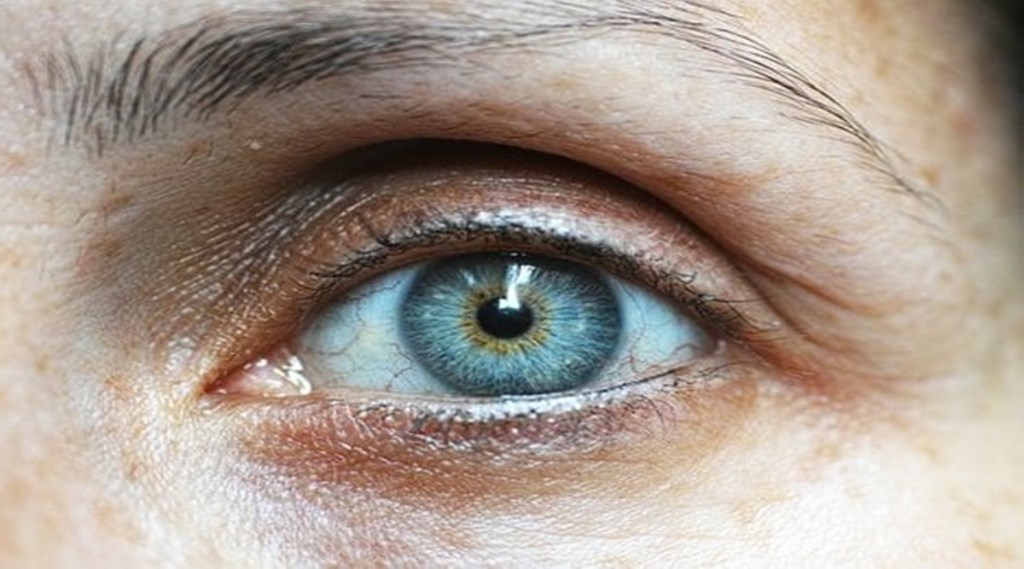Heatwave impact: The sweltering temperature has led to a spike in heat-related illnesses in several parts of India. Among these heat-related illnesses, doctors and health experts are now sounding the alarm over a condition eye stroke.
The eyes are the most sensitive organs of the human body. People take many measures to avoid heat, however, they often forget to protect their eyes.
Heatwaves can harm eye health, causing dryness, irritation, and blurred vision. Intense heat and UV exposure can lead to sunburn of the eye and worsen dry eye syndrome. Meanwhile, intense can also lead to eye stroke.
What is eye stroke?
An eye stroke in an extremely dangerous and potentially debilitating condition that occurs from a lack of sufficient blood flow to the tissues located in the front part of the optic nerve. According to Penn Medicine, an eye stroke can cause sudden loss of vision.
It’s not always clear why eye stroke occurs, but certain health conditions, such as high blood pressure and diabetes, may increase your risk, according to Healthline.
However, heat waves pose a unique risk because they can lead to dehydration and increased blood viscosity. This increases the risk of blockages. According to Dr Sabitha Safar, MBBS, MS Ophthalmology, Sree Uthradam Thirunal Hospital, Pattom, Trivandrum, extremely hot weather can cause dehydration and lead to retinal artery occlusion which can lead to eye stroke.
“Eye stroke is a misnomer. Certain changes like dryness, eye allergies , infections like style and conjunctivitis are known to occur due to intense heat in summer. Changes in blood vessels or blood clots are unlikely to occur due to heat only and are related to diabetic or hypertensive status of the individual,” Dr Parul M Sharma, Principal Director & HOD, Fortis Eye Institute told Financial Express.com.
What are the symptoms of eye stroke?
According to Cleveland Clinic, the symptoms of an eye stroke usually don’t include pain. The first and main symptom is usually a sudden loss of vision or change in vision in one eye that may include:
- Floaters and flashes.
- Blurred vision.
- Blind spots or darkness.
- Vision changes that start out small but get worse over time.
- Your retina may appear red or have blood spots throughout.
Emergency medical attention is needed within 12hrs to prevent permanent damage to the eye, Dr. Safar told Financial Express.com.
Who can get an eye stroke?
Although anyone can get an eye stroke, some people are at a higher risk of getting an eye stroke. Certain medical conditions also increase your risk of eye stroke. These include:
- diabetes
- glaucoma
- problems that affect blood flow, such as high blood pressure and high cholesterol
- other cardiovascular conditions
- narrowing of the carotid artery or neck artery
- rare blood disorders
How is eye stroke treated?
Some of the treatment options include:
- massaging the eye area in a specific way to open up the retina
- clot-dissolving medications
- anti-vascular endothelial growth factor drugs
- corticosteroids
- pan-retinal photocoagulation therapy
- laser treatment
- high pressure, or hyperbaric, oxygen
It is encouraged to use sun glasses whenever outdoors, wash hands or sanitise hands frequently, do cold compresses to soothe itchy eyes and use lubricating eyedrops to relieve dryness, Dr. Sharma emphasised.
